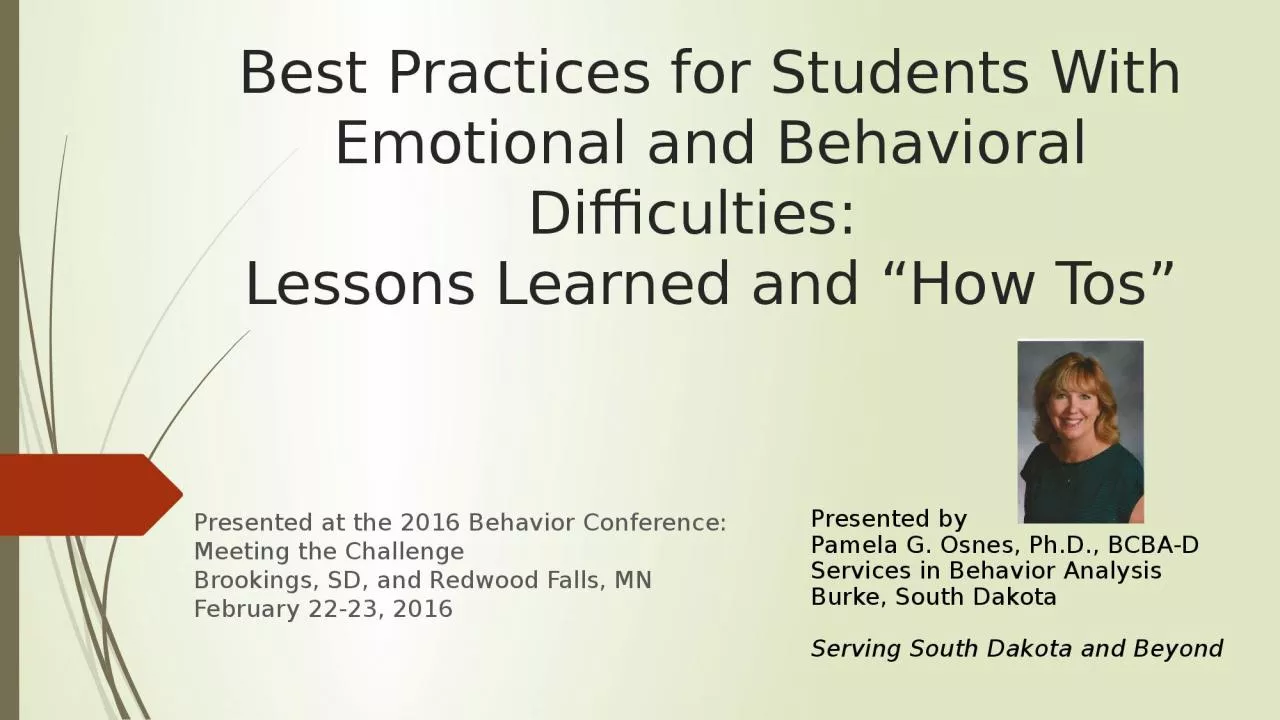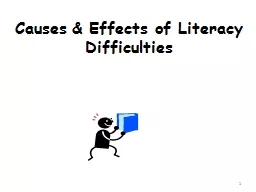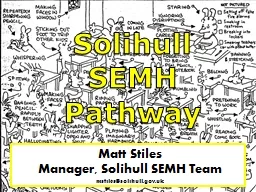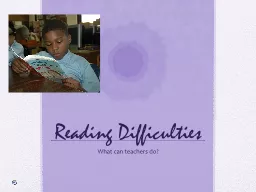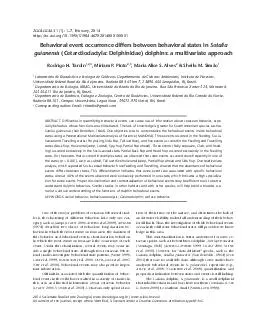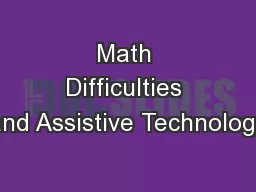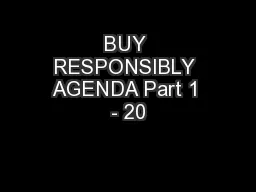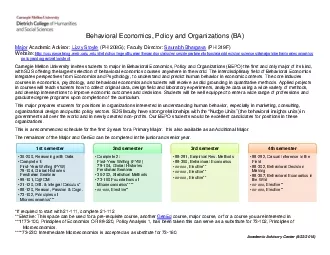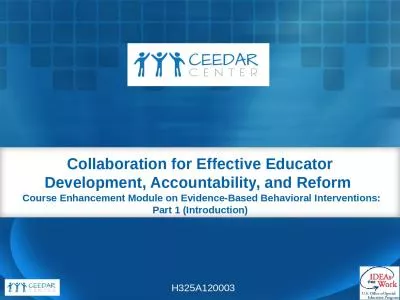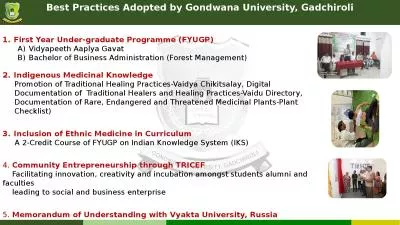PPT-Best Practices for Students With Emotional and Behavioral Difficulties:
Author : maisie | Published Date : 2023-11-11
Lessons Learned and How Tos Presented at the 2016 Behavior Conference Meeting the Challenge Brookings SD and Redwood Falls MN February 2223 2016 Presented by
Presentation Embed Code
Download Presentation
Download Presentation The PPT/PDF document "Best Practices for Students With Emotion..." is the property of its rightful owner. Permission is granted to download and print the materials on this website for personal, non-commercial use only, and to display it on your personal computer provided you do not modify the materials and that you retain all copyright notices contained in the materials. By downloading content from our website, you accept the terms of this agreement.
Best Practices for Students With Emotional and Behavioral Difficulties:: Transcript
Download Rules Of Document
"Best Practices for Students With Emotional and Behavioral Difficulties:"The content belongs to its owner. You may download and print it for personal use, without modification, and keep all copyright notices. By downloading, you agree to these terms.
Related Documents

